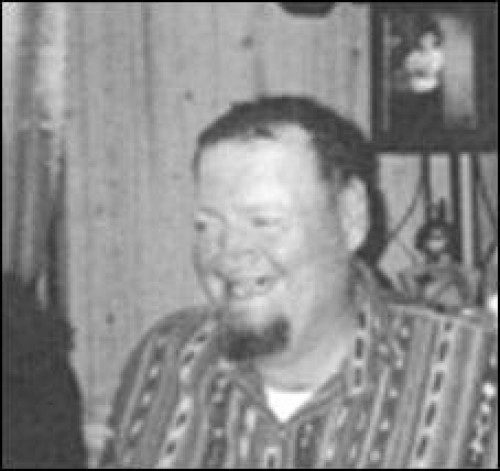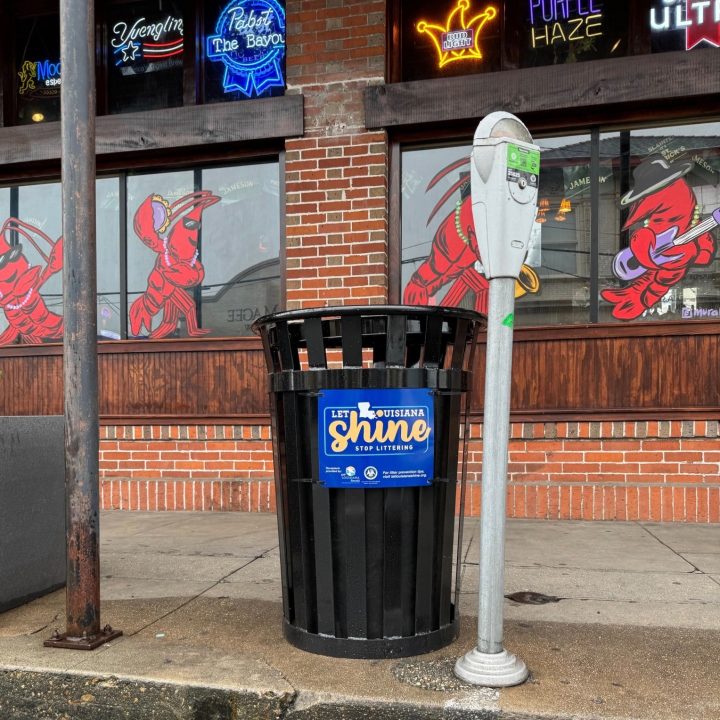
Alex Rivet, Jr. III
September 11, 2007Felger named LCPA chapter head
September 13, 2007(AP) Rumors about the Louisiana governor’s race swirled about political circles – Kathleen Blanco will run for re-election! Ray Nagin’s in the race! But when the sign-up period ended last Thursday, the list of major candidates was the same facing voters a month ago.
Blanco, the Democrat incumbent, stuck to her word that she would not seek a second term. Nagin, the New Orleans mayor who fueled speculation he might run, didn’t show up to qualify, ending the buzz on the street.
So, the sideshow has ended. There’s a clear slate of gubernatorial candidates for the Oct. 20 primary: 13 in all, four well funded enough to be considered “major.”
The field is colored by who didn’t sign up just as much as by who did.
Blanco’s exit left Democrats without an incumbent – but also without the liability of complaints about her performance after hurricanes Katrina and Rita.
However, she’s still causing ripples in the campaigns. Criticism about Blanco is expected to help U.S. Rep. Bobby Jindal’s second bid to become governor.
Jindal, the Republican front-runner in the polls, lost the Governor’s Mansion to Blanco in
2003, but voters unhappy with Blanco’s response to the 2005 hurricanes are giving Jindal another look this time.
“Bobby Jindal is still benefiting from a direct, one-to-one comparison with Kathleen Blanco,” said Pearson Cross, a University of Louisiana at Lafayette political scientist.
Call it buyer’s remorse.
“People are reassessing their choice, and they’re saying, ‘In comparison to what we did last time, Bobby Jindal looks pretty good,'” Cross said. “This race is really retrospective.”
Jindal is further helped by fractures within the Democratic Party and the lack of unity around a candidate.
Two major Democrats are running for governor: state Sen. Walter Boasso, who switched to the Democratic Party after starting his campaign as a Republican, and Public Service Commissioner Foster Campbell, a longtime Democrat who has ruffled feathers within the party over his many years in elected office.
Many Democratic leaders initially tied their hopes to former U.S. Sen. John Breaux, after
Blanco committed not to run. Breaux was highly popular during his 32-year tenure in Congress and was considered a formidable opponent for Jindal.
However, questions about Breaux’s residency and eligibility to run for governor sidelined the campaign early. With the possibility of lawsuits challenging his candidacy, Breaux chose to stay out of the race.
Just when the list of Democratic candidates appeared settled, Nagin started openly toying with the notion of throwing his hat in the ring. As late as Thursday morning, on the final day of qualifying for the fall election, Nagin said he hadn’t made up his mind and talked of having fun with all the attention about it. But he didn’t sign up.
Nagin’s opt out of the race left Democrats with some hope they could still take the Governor’s Mansion.
Political analysts predicted a Nagin candidacy would hurt Democrats. They expected that if Nagin had qualified, he would immediately jump past the two major Democratic candidates in the governor’s race but would be unable to win because of high disapproval ratings among white voters. Nagin has wider support from black voters, but they make up less than one-third of the state’s 2.8 million registered voters.
While Republicans might lament the loss of Nagin as a gubernatorial candidate, they were pleased with another turn of events: millionaire businessman John Georges’ party switch. Georges left the GOP and became an independent just before he qualified for the governor’s race.
That leaves Republicans, mostly united behind Jindal, free to attack Georges because he’s no longer one of them.








